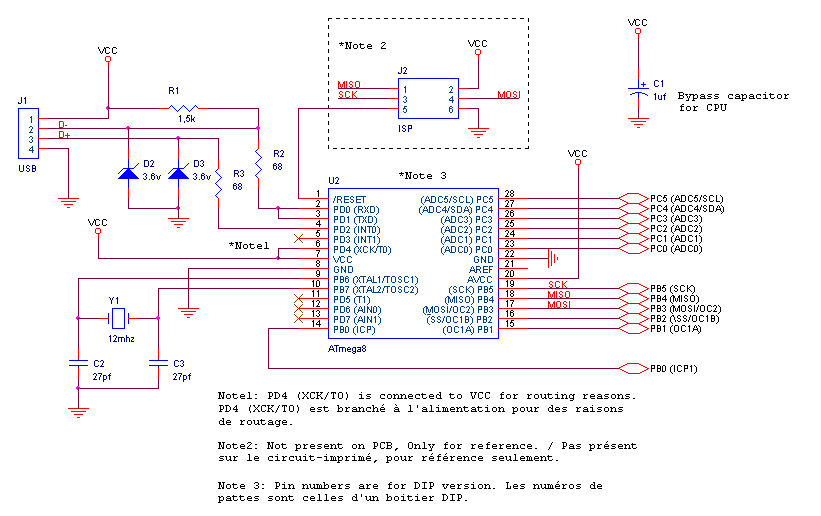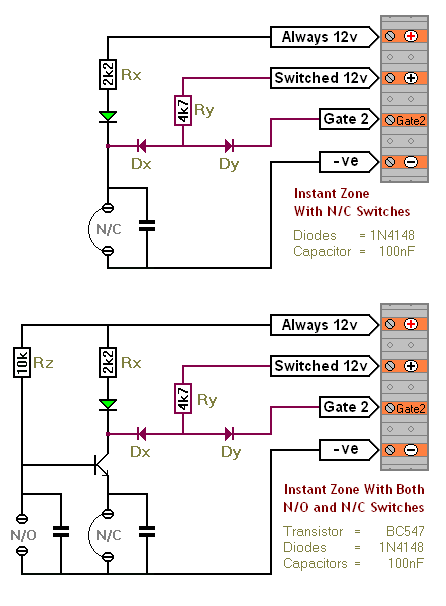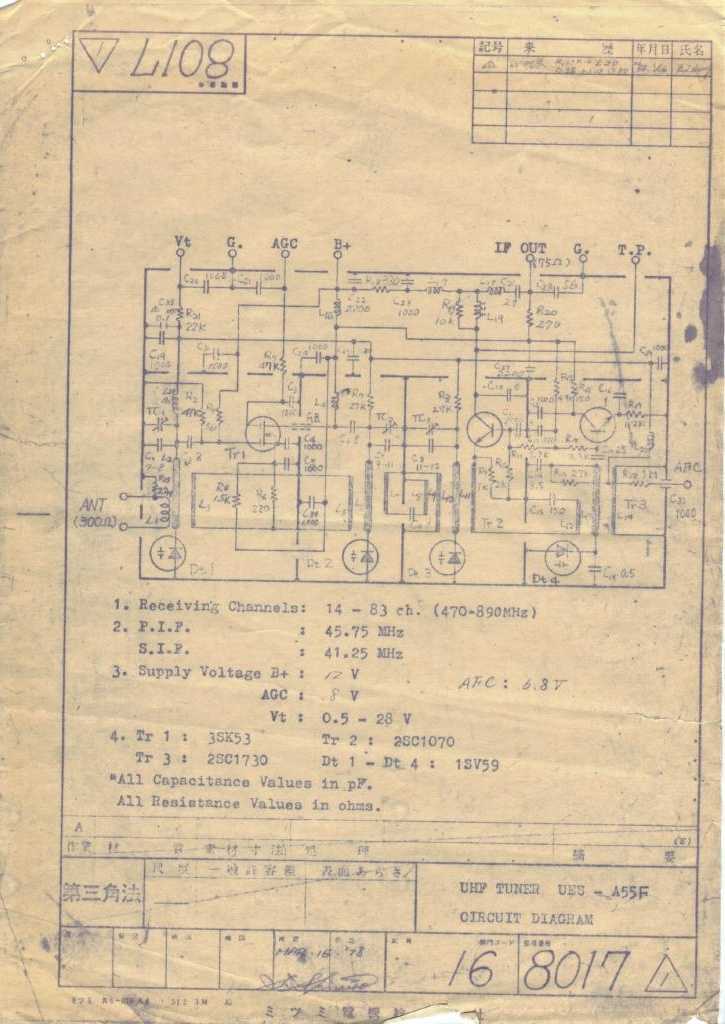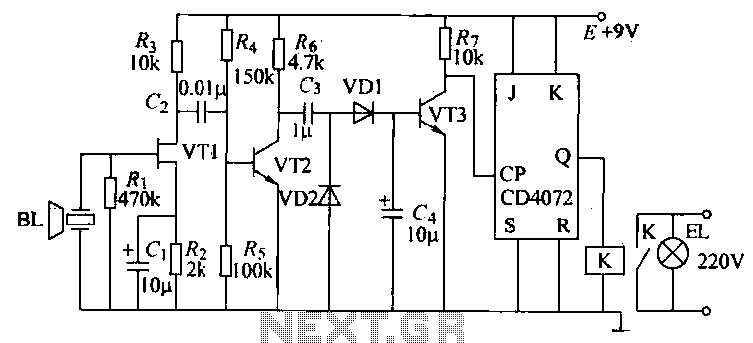
sms based home appliance control system
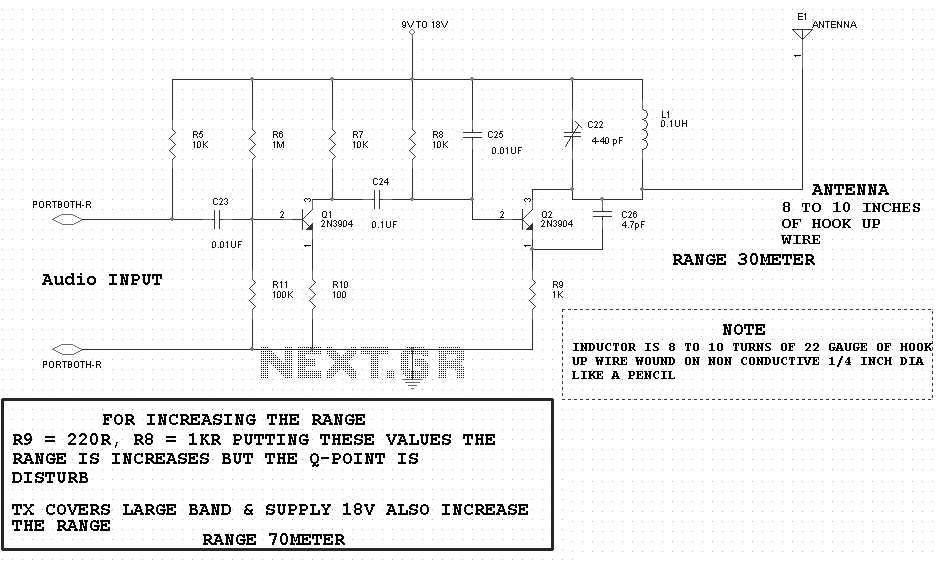
An SMS-based home appliance control system is being developed using the ATtiny2313 microcontroller. There are issues with programming the microcontroller.
The SMS-based home appliance control system utilizes the ATtiny2313 microcontroller, which is a versatile 8-bit microcontroller from the AVR family. This system allows users to control various home appliances remotely through SMS commands sent via a mobile phone. The architecture of the system typically includes the microcontroller, a GSM module for SMS communication, and relay modules to switch the appliances on or off.
The ATtiny2313 microcontroller features 2KB of flash memory, 128 bytes of SRAM, and 64 bytes of EEPROM, which are sufficient for handling the control logic and storing the necessary parameters for appliance management. The microcontroller is programmed to interpret incoming SMS messages, determine the appropriate actions for the connected appliances, and then activate the corresponding relay outputs.
To address the programming challenges faced, it is essential to ensure that the correct programming environment is set up. This includes using the appropriate Integrated Development Environment (IDE) such as Atmel Studio or Arduino IDE, and ensuring that the correct programmer (e.g., USBasp or AVRISP) is being used to upload the firmware to the ATtiny2313. Additionally, verifying the connections between the programmer and the microcontroller is crucial, as incorrect wiring can lead to programming failures.
Once the programming issues are resolved, the system can be tested by sending SMS commands to the GSM module. The microcontroller will decode these messages and activate the relays connected to the appliances based on the received commands. For example, sending an SMS with the text "TURN ON LIGHT" would trigger the microcontroller to close the relay associated with the light, turning it on.
In summary, the SMS-based home appliance control system using the ATtiny2313 microcontroller presents an innovative solution for remote appliance management, provided that the programming challenges are effectively addressed. Proper setup and testing of the hardware and software components are critical for the successful implementation of this project.We are doing sms based home appliance control system.We used ATtiny2313 micro controller.We are having problem programming the micro controller. Is there .. 🔗 External reference
The SMS-based home appliance control system utilizes the ATtiny2313 microcontroller, which is a versatile 8-bit microcontroller from the AVR family. This system allows users to control various home appliances remotely through SMS commands sent via a mobile phone. The architecture of the system typically includes the microcontroller, a GSM module for SMS communication, and relay modules to switch the appliances on or off.
The ATtiny2313 microcontroller features 2KB of flash memory, 128 bytes of SRAM, and 64 bytes of EEPROM, which are sufficient for handling the control logic and storing the necessary parameters for appliance management. The microcontroller is programmed to interpret incoming SMS messages, determine the appropriate actions for the connected appliances, and then activate the corresponding relay outputs.
To address the programming challenges faced, it is essential to ensure that the correct programming environment is set up. This includes using the appropriate Integrated Development Environment (IDE) such as Atmel Studio or Arduino IDE, and ensuring that the correct programmer (e.g., USBasp or AVRISP) is being used to upload the firmware to the ATtiny2313. Additionally, verifying the connections between the programmer and the microcontroller is crucial, as incorrect wiring can lead to programming failures.
Once the programming issues are resolved, the system can be tested by sending SMS commands to the GSM module. The microcontroller will decode these messages and activate the relays connected to the appliances based on the received commands. For example, sending an SMS with the text "TURN ON LIGHT" would trigger the microcontroller to close the relay associated with the light, turning it on.
In summary, the SMS-based home appliance control system using the ATtiny2313 microcontroller presents an innovative solution for remote appliance management, provided that the programming challenges are effectively addressed. Proper setup and testing of the hardware and software components are critical for the successful implementation of this project.We are doing sms based home appliance control system.We used ATtiny2313 micro controller.We are having problem programming the micro controller. Is there .. 🔗 External reference
